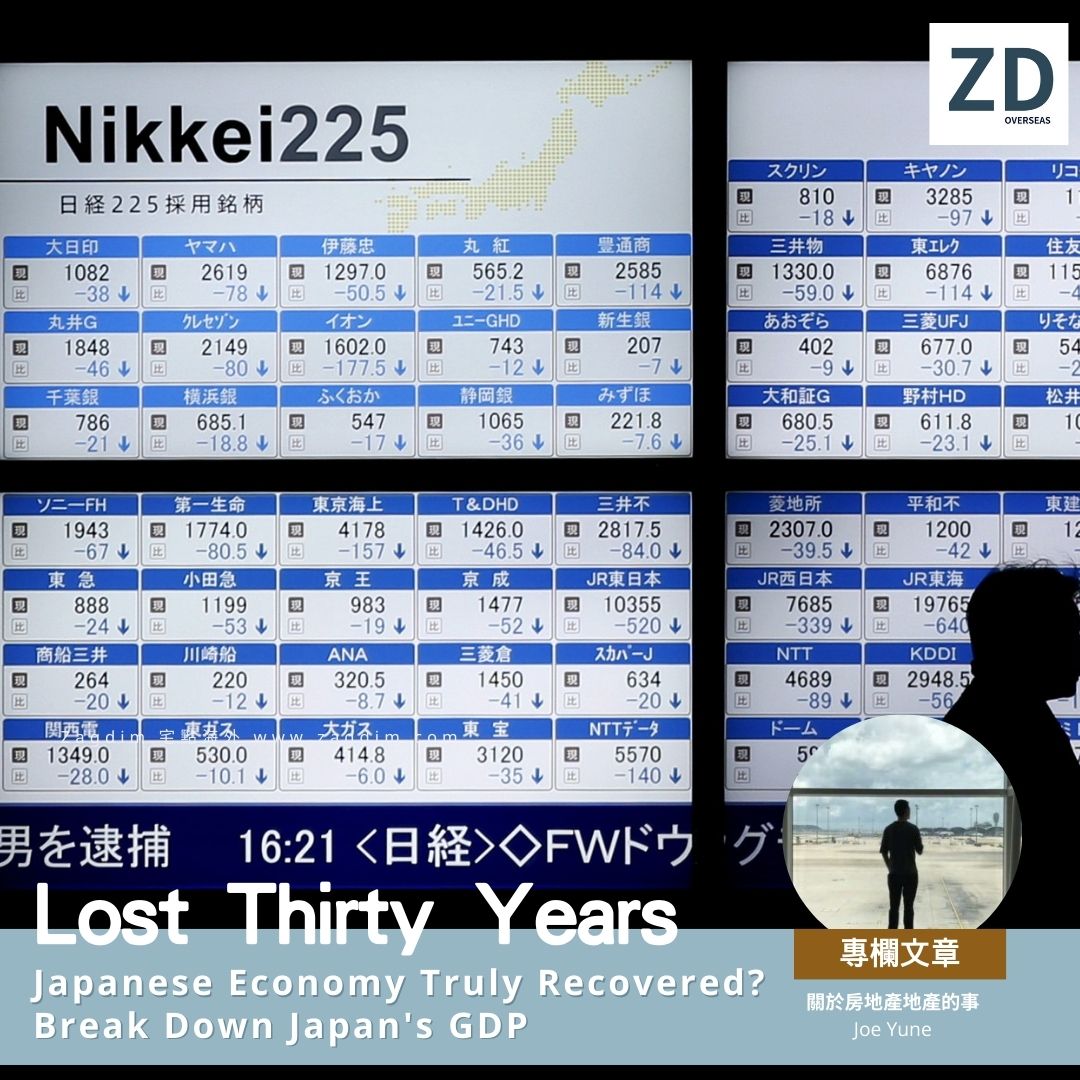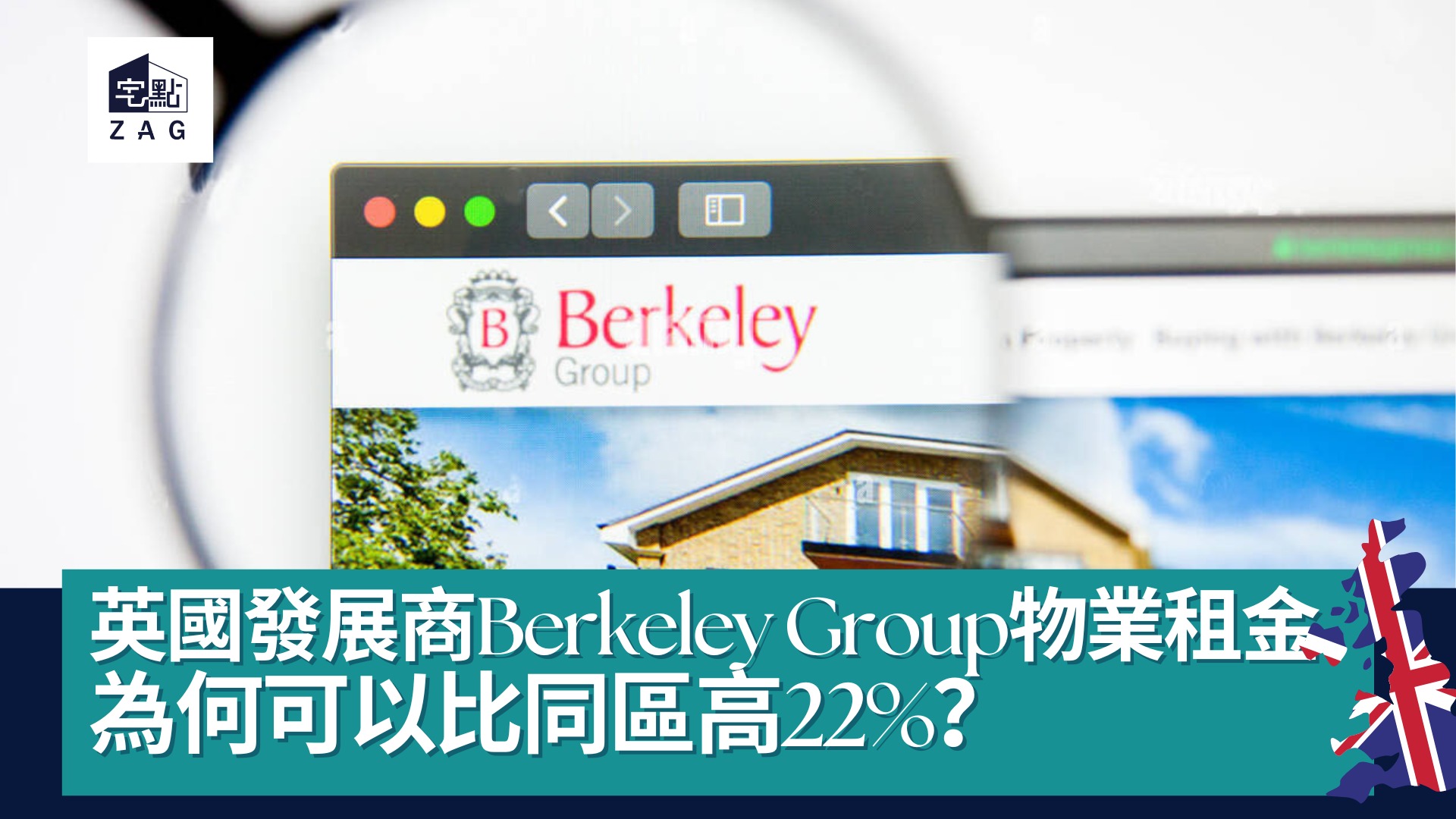本文目錄
Decomposing Japan’s GDP
Reading Japanese reports can be quite schizophrenic. On one hand, the Nikkei index is breaking historical highs, and housing prices are seeing a doubling scenario. On the other extreme, GDP has entered negative growth, and the yen continues to hit recent lows. Meanwhile, reports on Japan escaping its lost thirty years of economic stagnation are everywhere. This time, we analyze the GDP to see if Japan’s economy has really improved after the lost thirty years.
Evaluating a country’s economic situation generally involves using GDP as an indicator. Most countries calculate GDP using the expenditure method, which typically includes: private consumption expenditure, fixed investment (such as factories, machinery, equipment, residential buildings, and inventories of raw materials that provide the basis for future production), government spending, plus the net export figures.
Private Consumption as the Mainstay of Japan’s Economy
Currently, Japan’s GDP total has reached 558 trillion yen, with consumer spending accounting for the largest proportion. In 2023, private consumption contributed 297 trillion yen, accounting for 53% of the entire GDP. This shows that, similar to other developed countries like the USA and the UK, Japan’s economy is primarily driven by domestic demand. In contrast, China, which has been vigorously promoting domestic demand, had private consumption expenditure account for only 37% in 2022, highlighting a clear difference.
Exports’ Contribution to GDP is Only 0.61%
Regarding exports, they amounted to 110 trillion yen, accounting for 20% of the total, but after subtracting imports, the remainder is 134 billion yen, contributing only 0.61% to GDP. If one were to look at this figure alone, it greatly differs from the media’s portrayal of the Japanese economy as heavily reliant on exports. It’s noteworthy that Japan’s manufacturing industry mainly depends on processing raw materials for export. Fluctuations in the yen’s value increase import prices, and similarly, after exports are traded in dollars and converted back to yen, the increase in the amount of imports and exports does not necessarily indicate an increase in volume. Eisuke Sakakibara, a former Japanese Finance Ministry official, mentioned in an interview in 2022 that the yen’s depreciation is not necessarily good for Japan’s exports, which explains this phenomenon.
Government Spending as the Economic Mainstay
With private consumption being the largest component, since the start of the US-China trade war in 2018, Japan’s GDP has entered a state of contraction, falling by 1% in 2019 and 4% during the 2020 pandemic, until it returned to positive growth (1%) in 2021. Over four years, private consumption fell by -1.6%, private residential investment by -11.2%, while government spending grew by 7.6%, with an overall decline of 0.8%. The overall figures show that the Japanese economy is primarily driven by government spending.
The Main Reason for Japan’s Lost Thirty Years
The structural numbers mentioned above correspond to the content shared by Nomura researcher Gu Chaoming during a lecture at The Asian Banker. After the bubble burst in the 1990s, residents and businesses entered a period of active deleveraging, with Japan’s balance sheet expansion mainly reliant on government action rather than corporate and private initiative. The reduction in borrowing for investment by corporations and individuals led to economic stagnation, which is commonly cited as the main reason for Japan’s lost thirty years. It’s important to note that asset price cycles and debt cycles are closely related, affecting overall investment willingness. In the unique situation of active deleveraging by the private sector after 1990, Japan’s GDP continued to rise, but asset prices (especially housing prices) remained depressed.
Whether Economic Structure Has Improved Depends on Corporate Investment
Whether Japan’s economic structure has genuinely improved depends on private or corporate investment. This figure can be seen in GDP data on private corporate equipment (such as factories, machinery, equipment, residential buildings, and inventories of raw materials that provide the basis for future production). Over the past thirty years, private corporate equipment has averaged around 16% of GDP, showing little change over four years. Thus, Japan’s economic structure has not truly changed, and economic recovery has primarily relied on a series of government fiscal policies.
Looking back at reports of escaping the lost thirty years, most point to the rise in asset prices as the cause of optimism. Indeed, the Nikkei is nearing historical highs, and the housing market, long thought to be stagnant, has doubled in some areas like Tokyo. However, excluding economic growth, the reasons for the price increases may be explained by figures

























